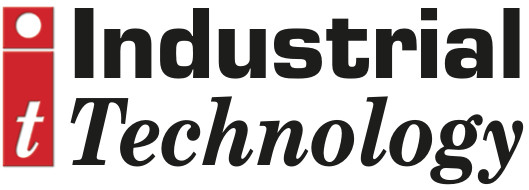
Posted to News on 5th Aug 2024, 11:30
Smaller, smarter and more comfortable wearable tech with 3D-Circuits
The medical technology landscape is ever-evolving, and 3D-Circuits are at the forefront of this change. HARTING's 3D-Circuit technology offers the potential to revolutionise wearable medical devices, making them smaller, smarter, and more comfortable for patients.

(See HARTING at MachineBuilding.Live, 2 October 2024, on stand 130)
Wearable devices have become game-changers, allowing for continuous health monitoring and real-time data for both patients and doctors. But there's always room for improvement.
3D-Circuits, also known as 3D-MID (Mechatronic Integrated Device), integrate circuits directly into 3D moulded plastic. Imagine the housing of your hearing aid becoming the circuit board itself; this eliminates the need for separate components and bulky connections, paving the way for a new generation of wearable medical devices.
The advantages of 3D-Circuits include:
- Miniaturisation: 3D-Circuits dramatically reduce the size of wearable devices. Take hearing aids, for instance. 3D-Circuits allow for in-ear designs that are nearly invisible and comfortable to wear.
- Enhanced Functionality: Despite their smaller size, 3D-Circuits can pack more features into a single device. This can lead to improved performance in hearing aids, such as better sound quality and lower power consumption.
- Seamless Design: 3D-Circuits allow for complete design freedom. The device's shape can be customised to perfectly fit the body, further enhancing comfort and usability.
By integrating functions and the three-dimensional routing of circuit tracks, the design space for the electronics of hearing aids can be optimally utilised.
For over a decade, HARTING has been a leading provider of 3D-MID solutions for medical devices. HARTING offers a comprehensive service, from concept design to prototyping and manufacturing. The company's Swiss-made 3D-Circuits are built with the highest quality standards, ensuring reliability and long-lasting performance.






